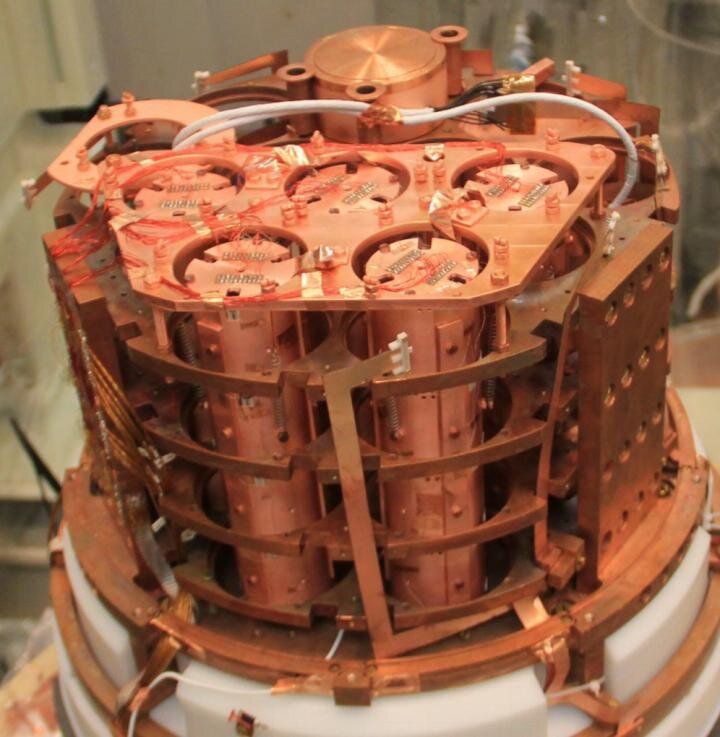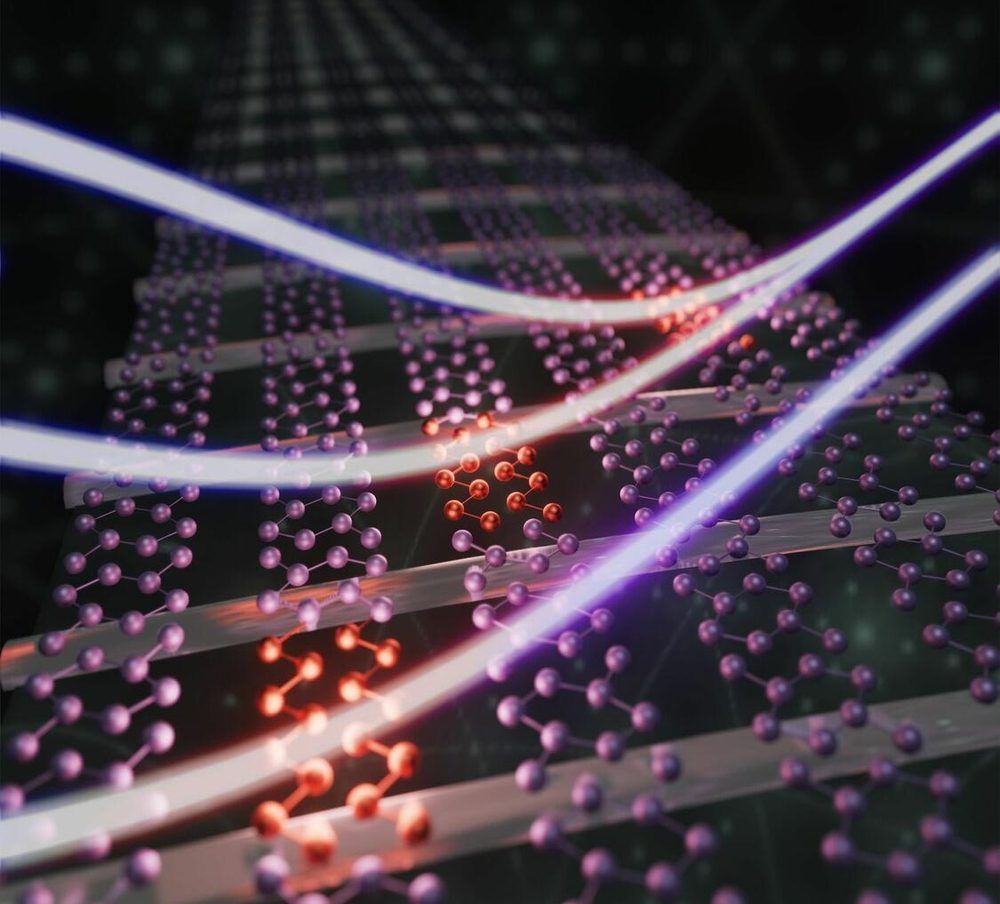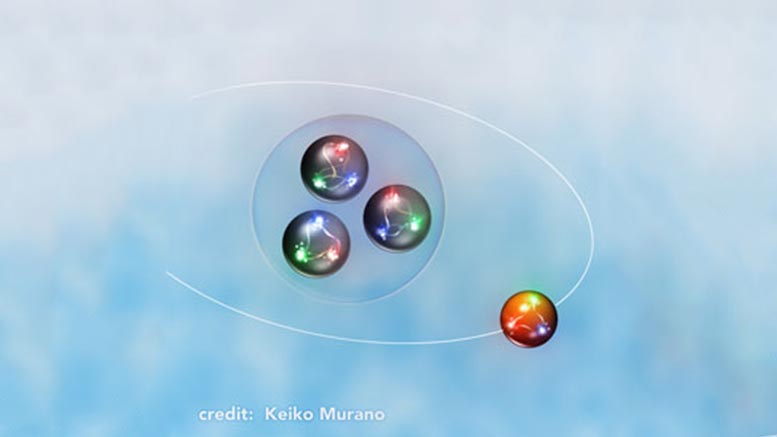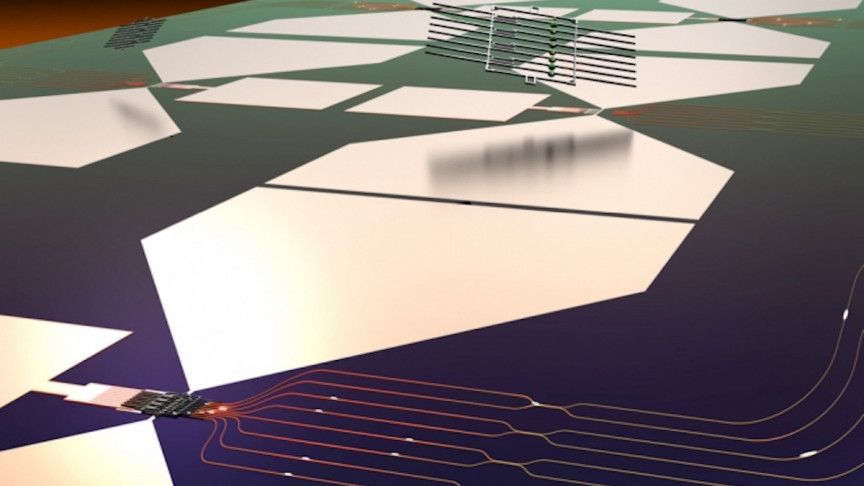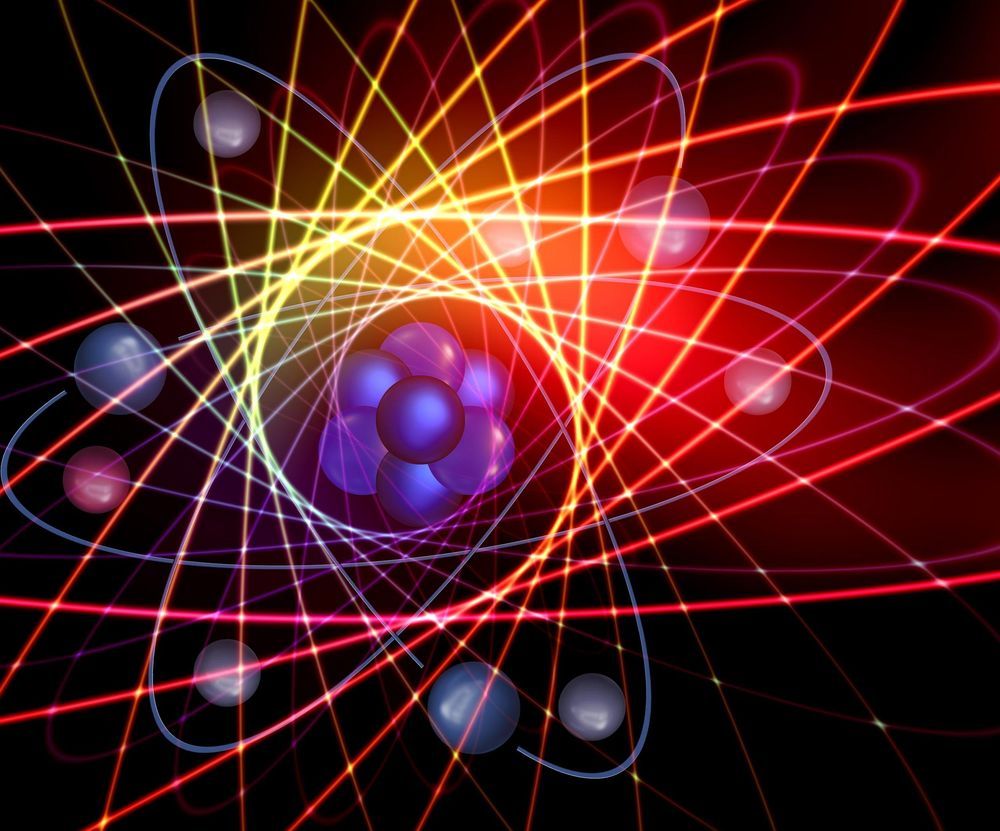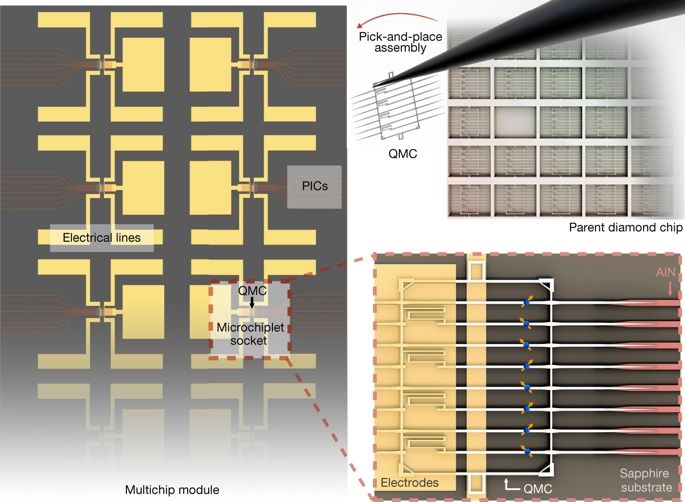Jul 13, 2020
Scientists demonstrate a new experiment in the search for theorized ‘neutrinoless’ proc
Posted by Genevieve Klien in categories: materials, particle physics
Nuclear physicists affiliated with the U.S. Department of Energy’s Lawrence Berkeley National Laboratory (Berkeley Lab) played a leading role in analyzing data for a demonstration experiment that has achieved record precision for a specialized detector material.
The CUPID-Mo experiment is among a field of experiments that are using a variety of approaches to detect a theorized particle process, called neutrinoless double-beta decay, that could revise our understanding of ghostly particles called neutrinos, and of their role in the formation of the universe.
The preliminary results from the CUPID-Mo experiment, based on the Berkeley Lab-led analysis of data collected from March 2019 to April 2020, set a new world-leading limit for the neutrinoless double-beta decay process in an isotope of molybdenum known as Mo-100. Isotopes are forms of an element that carry a different number of uncharged particles called neutrons in their atomic nuclei.
